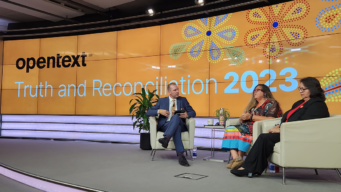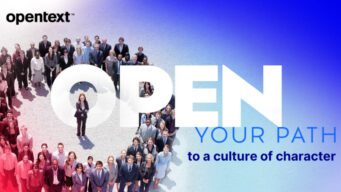Culture

An inside look at enterprise document accessibility for PDFs
February 08, 2024•
4 min read

Honoring the National Day for Truth and Reconciliation at OpenText
October 31, 2023•
5 min read

OPEN your path at OpenText
January 17, 2023•
3 min read

Influence, Inspire, and Lead: A Fireside Chat with OpenText
November 04, 2022•
10 min read

The Journey Towards Reconciliation: OpenText Navigator Interns Share Their Stories
September 27, 2022•
8 min read

Early adopter in a laggard industry: Accelerating tech innovation in insurance
May 17, 2021•
3 min read

Millennial perspective on driving innovation and mentorship
March 30, 2020•
3 min read

Balance for better at OpenText HQ
March 08, 2019•
3 min read

Celebrating diversity and women in technology in India
February 25, 2019•
8 min read

Diversity and inclusion in India’s technology industry
February 15, 2019•
1 min read

OpenText delegates attend Grace Hopper Celebration India
February 14, 2019•
1 min read

Technology is a team sport
January 11, 2019•
1 min read